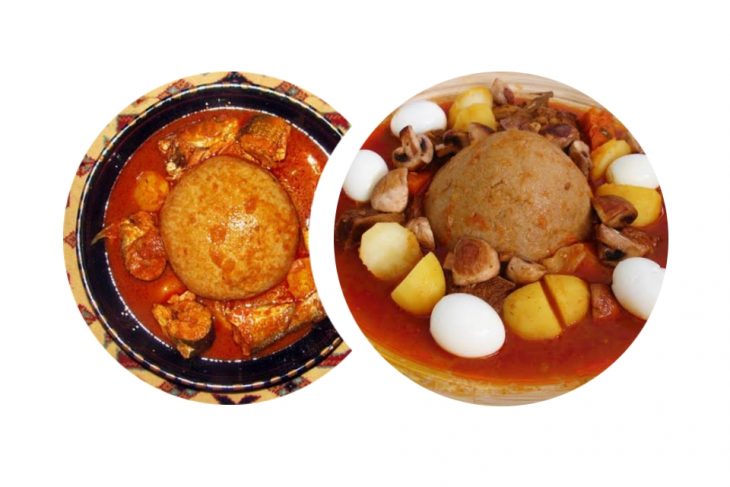
In Southern African, Mague is a non-alcoholic drink made from fermented mealie pap. Home production is still widely practiced, but the drink is also available at many supermarkets, being produced at factories. Its taste is derived predominantly from the lactic acid that is produced during fermentation, but commercial mageu is often flavoured and sweetened, just the commercially available yogurt. Mageu is well appreciated by the Nguni people, Khoekhoe -Damara and Nama people, Sotho people, Chewa/Nyanja Shona and Ndebele, and Tswana people. Worthy of note is the fact that the different people have a different name they call “mague” in their individual languages.

Historically, one of the most important components of the southern African diet is milk. Cattle were considered a man’s most important possession, and in order to marry, a man had to compensate his prospective in-laws with a gift of cattle as a dowry for his bride. A married man was expected to provide a generous supply of milk to his wife and children, along with meat whenever he slaughtered cattle, sheep or goats. Because there was no refrigeration, most milks were soured into a kind of yogurt.
The cattle are taken care of by the young men of the family far away from the villages at “cattle posts,” and they sent a steady stream of yogurt home on behalf of their fathers. Today, many Black South Africans enjoy drinking sour milk products that are sold in the supermarket This is comparable to American buttermilk, yogurt, and sour cream. On weekends, just like white South Africans, they will have a “braai”, and the meal usually consists of “pap and vleis”, which is maize porridge and grilled meat.
Some common and basic ingredients are seafood, meat products (including wild game), poultry, as well as grains, fresh fruits and vegetables.Fruitsinclude apples, grapes, mangoes, bananas and papayas, avocado, oranges, peaches and apricots. Desserts may simply be fruit, but there are some more western-style puddings, such as Malva Pudding reminiscent of Sticky toffee pudding, which was inspired by both British cuisine and Dutch cuisine. Meat products include lamb, and game like venison, ostrich, and impala. The seafood includes crayfish, prawns, tuna, mussels, oysters, calamari, mackerel, and lobster.
There are also several types of traditional and modern alcoholic beverages including many European-style beers.In the eastern part of the African continent, the Somali culinart art varies from region to region and consists of an exotic mixture of diverse culinary influences. This is as the result of Somalia’s rich tradition of trade and commerce. Despite the variety, there remains one thing that unites the various regional culinary arts: all food is served as fit to be eaten according to Muslim religious customs. There are therefore no pork dishes, alcohol is not served, nothing that died on its own is eaten, and no blood is incorporated. Qaddo or lunch is often elaborate.
Varieties of bariis (rice), the most popular probably being basmati, usually served as the main dish. Spices like cumin, cardamom, cloves, cinnamon and sage are used to aromatize these different rice dishes. Somalis serve dinner as late as 9 pm. During Ramadan, dinner is often served after Tarawih prayers, sometimes as late as 11 pm.

Xalwo (also referred to as halwo or halva) is a popular confection served during special occasions such as Eid celebrations or wedding receptions. It is made from sugar, cornstarch, cardamom powder, nutme.g powder, and ghee. Peanuts are also sometimes added to enhance texture and flavor. After meals, homes are traditionally perfumed using frankincense (lubaan) or incense (cuunsi), which is prepared inside an incense burner (dabqaad). Africans definitely have a unique identity with their food. This can can be seen in the way the different tribes and ethnic groups name their foods according to their languages. They also have different techniques of preparation, serving and preservation.













